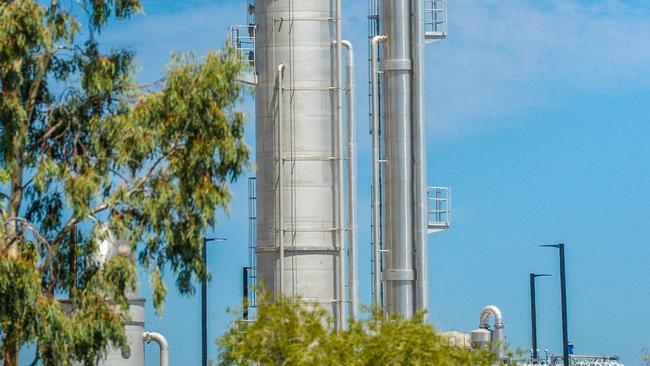South Australia floats use of gas to underpin power grid
One state could be the first to pay gas developers to be a backstop to renewables, a scheme long advocated by the Australian energy industry and curtailed by environmentalists.
South Australia has proposed using gas as part of a new model to ensure it has sufficient reserves of power to underpin the country’s largest state penetration of renewable energy.
Should the measure be adopted, the state would become the first state to use gas as part of a scheme to support renewable energy generation.
The state has Australia’s largest rooftop solar penetration and capacity can often exceed demand, much to the plaudits of renewable energy advocates.
But its fossil fuel capacity has been waning quickly as the fuel sources struggles to compete with the financials of solar and the country’s energy market operator is forced to almost daily intervene to ensure sufficient sources of power.
In a bid to solve the problem, the state said it will implement a five-year target that will specify its so-called firming needs. Firming refers to the energy capacity to support renewables.
The state said it will hold annual tenders where generators and battery operators can bid for a contract to underwrite a portion of their revenue – a scheme the state said will be called the Firm Energy Reliability Mechanism (FERM).
In exchange for the revenue certainty, those selected must ensure they can dispatch all year round.
“The FERM aims to provide this underwriting support as a revenue ‘top-up’ to ensure the commercial viability of long duration capacity remaining in the market for the length of the relevant tender period,” the state said in a proposal issued to the market.
“Through competitive tenders, FERM contracts aim provide long duration firm capacity providers with the opportunity to at least recover their efficient cost of operation and earn an economic return at least commensurate with the risks involved with its continued operation.”
The policy was heralded by Australia’s energy industry, which has long called for a similar scheme to adopted across the country’s National Electricity Market.
Providing gas power stations some assurance of revenues will allow owners to begin new developments.
Until a scheme like the FERM, developers said they have no clarity around when a gas power station will be used and therefore cannot proceed with multimillion developments.

The Australian Energy Market Operator has warned the country needs 13GW of new gas-powered generation to maintain reliability in the National Electricity Market as more wind and solar comes online.
The requirements of 13GW is the equivalent of 40 gas-fired plants the size of EnergyAustralia’s Tallawarra B, which became the first gas power station to be developed in years when it switched on earlier this year.
Efforts to develop a scheme such at the FERM have been curtailed by environmentalist pressure that saw Victoria’s Labor government scupper the plans of the former Morrison government.
Steve Davies, chief executive of the Australian Pipeline and Gas Association, said SA has now recognised the flexibility of gas generation to work alongside renewables and will reduce the state’s reliance on interconnectors.
“South Australia is backing itself to keep its own grid secure, and ensuring it continues to lead the pack as mainland Australia’s most advanced decarbonised economy,” Mr Davies said.
“This is sensible policy that provides more security for the rest of the National Electricity Market and can help play a key role in accelerating the exit of emissions-intensive coal generation in other states.”




To join the conversation, please log in. Don't have an account? Register
Join the conversation, you are commenting as Logout